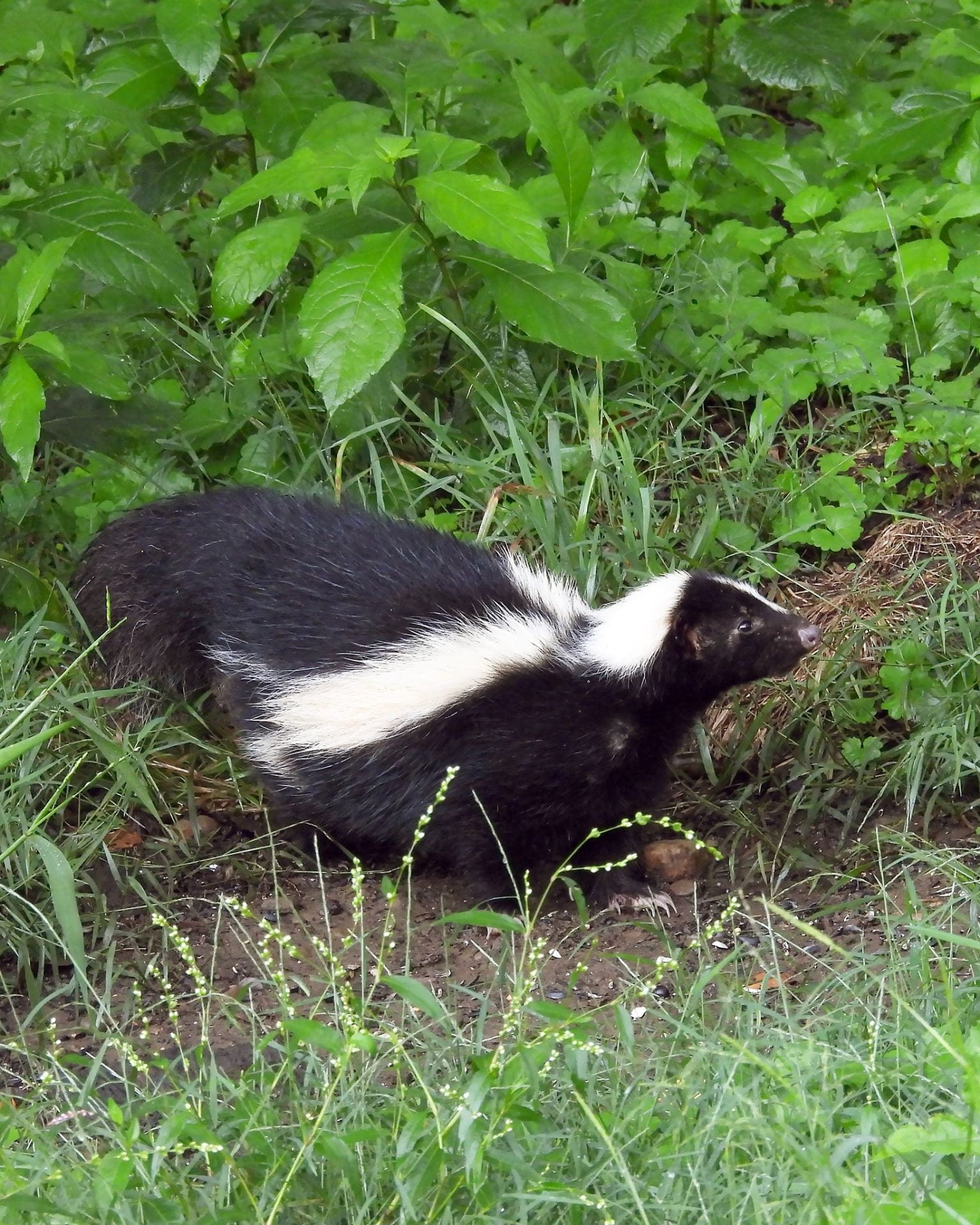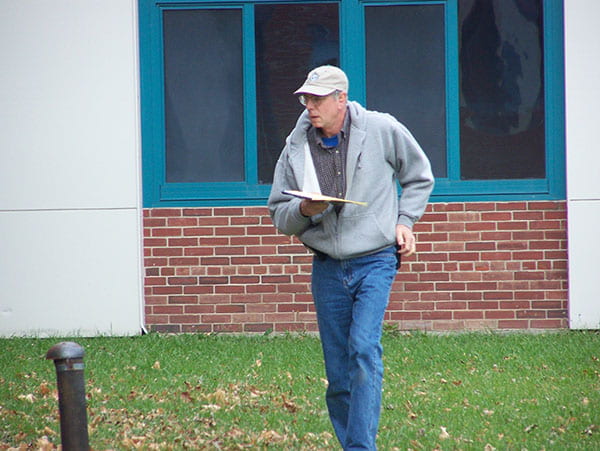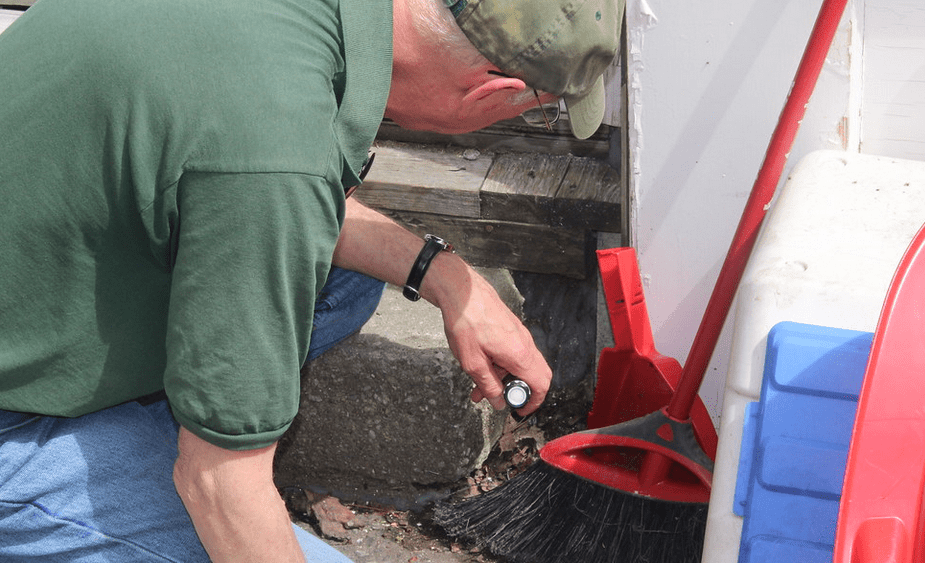SEE LYNN BRABAND’S Part One Post
Earlier, I briefly surveyed how resolving human-wildlife conflict is important to wildlife conservation. Today, let’s look at the questions that wildlife damage professionals (and the general public) need to address when confronted with situations when wild animals come in conflict with human interests. This discussion is an adaption of ideas found in *Best Practices for Wildlife Control Operators (Curtis and Shultz) and **Beasts Begone! Handling Wildlife Problems in Buildings (Braband).
Level of Risk
Is the animal simply making people uncomfortable with its presence, such as a raccoon traveling through a yard? This might be described as nuisance behavior without any property damage or real safety risks or ecological damage. (In New York State, only skunks may be legally removed for only being a nuisance.) However, animals can and do cause damage to agricultural and other property. Some carry diseases and parasites that are zoonotic, that is, they can be transmitted to humans or domestic animals. Deer are a common roadway hazard as are birds to aircraft. Additionally, some species prey upon or compete with rarer, often endangered, wildlife or degrade whole ecosystems.

Know the Law
Generally, the state has jurisdictional responsibility for wild animals. The main regulatory agency in New York State is the Department of Environmental Conservation (in other states, check with appropriate wildlife agencies). In the case of migratory birds or federally endangered species, the U.S. Fish and Wildlife Service also has jurisdiction. There may also be local ordinances to consider. See our blog post by Joellen Lampman on the legalities in NY State
Assess Health and Safety Factors
Evaluate risks associated with a particular animal as well as with the possible techniques for managing the situation. Be familiar with the safety measures necessary to reduce the risk of contracting zoonotic diseases and use proper precautions on ladders and with other equipment. Expediently dealing with animals that pose a serious threat is important; however, be sure to use techniques that pose the least risk to the operator, the public, and non-target species.
Consider the Humaneness
Generally, humaneness refers to minimizing the pain felt by an animal. A quick lethal technique is often considered more humane than a non-lethal technique that has a high probability of causing prolonged suffering.
Consider the Ecological Impact
Actions have consequences beyond the immediate issue being addressed. Become aware of the probable implications of removing a single animal (including moving the animal) or a whole population. Curtis and Shultz describe the concept of inner and outer circles when managing wildlife damage. The line of demarcation between the inner circle (where the damage is occurring) and outer circle (where management is not necessary to reduce damage) depends on the situation. For example, certain diseases may be spread from elk to livestock, and vice versa. It may be necessary to not only have a fence to contain livestock but another outer fence, or other method, to reduce contact with elk.
Assess Effectiveness and Practicality
By effectiveness, of course, we mean that that the management technique works in solving the wildlife damage issue. However, approaches that are humane, effective, and safe will not be implemented if they are too expensive or otherwise cumbersome.
Be Aware of the Social Context
Or “how would this play on the evening news.” Human responses to animals are diverse and often intense. It is important to consider the visibility of the management activities and choose techniques that will help maintain positive relationships with both the affected people and the broader community.
Next time, we will get into more of the nitty-gritty of the approaches and techniques available for addressing human-wildlife conflict situations.
(* This resource can be difficult to find but is an excellent find; ** This resource is free for downloading and printing from the NYSIPM Program)

